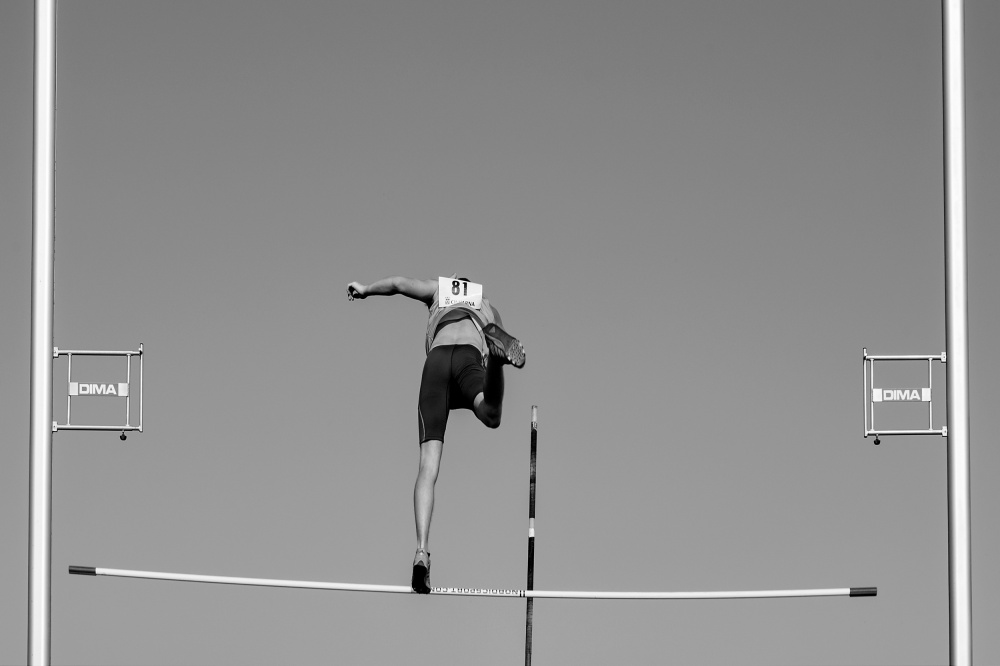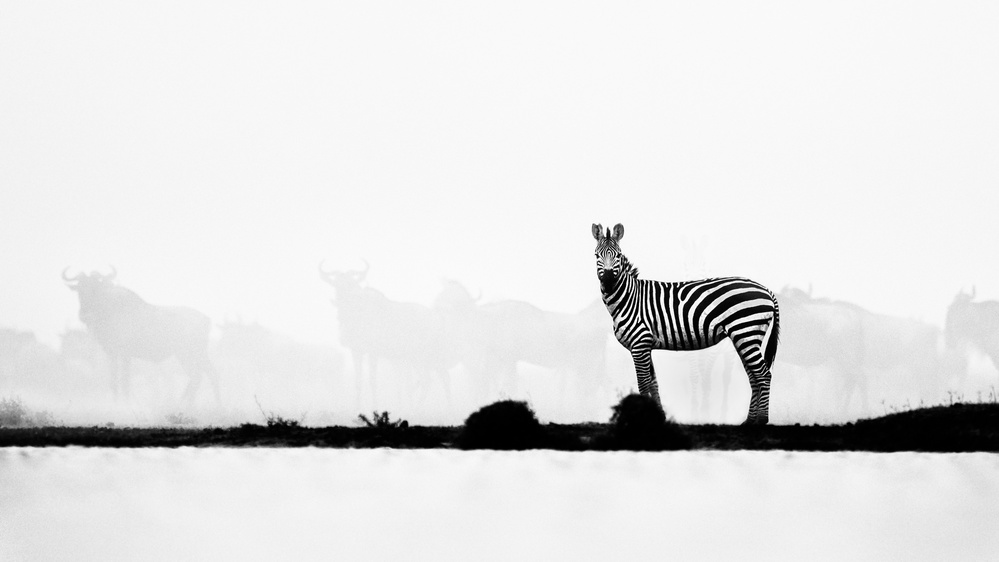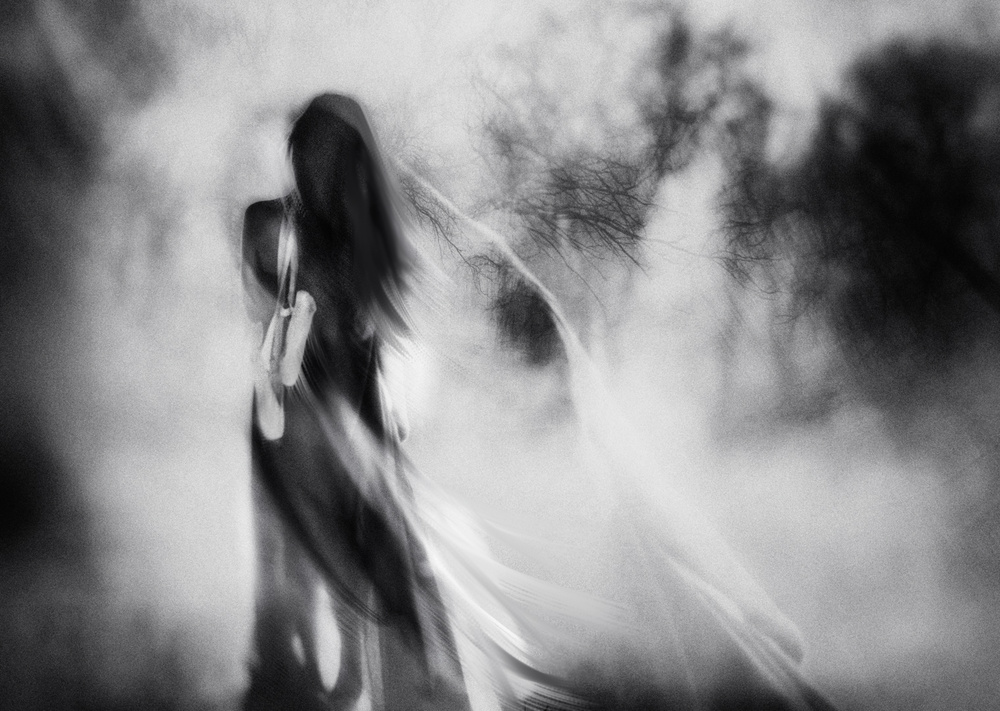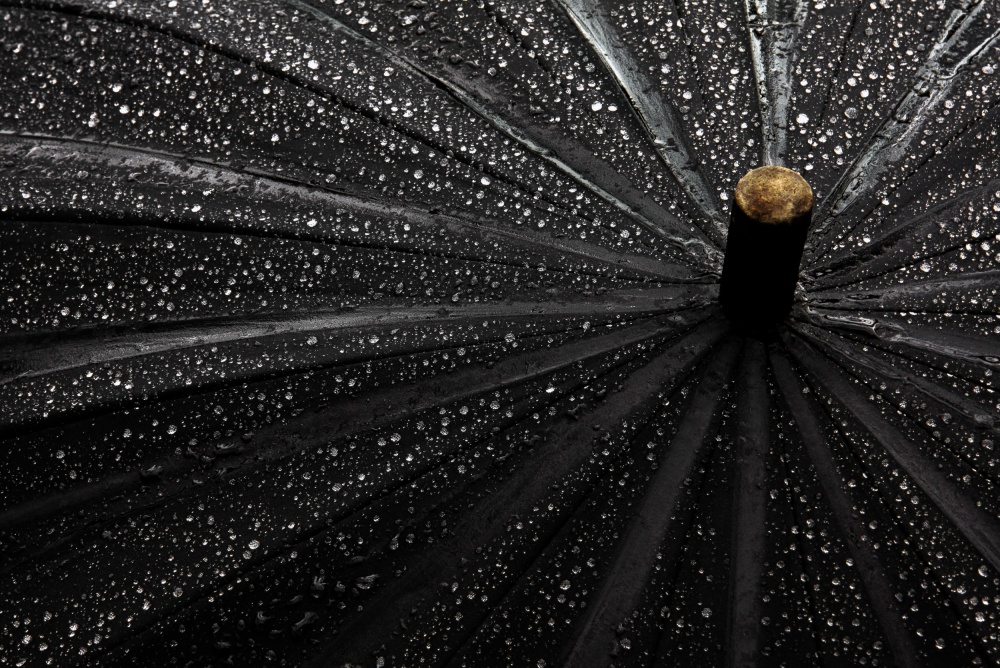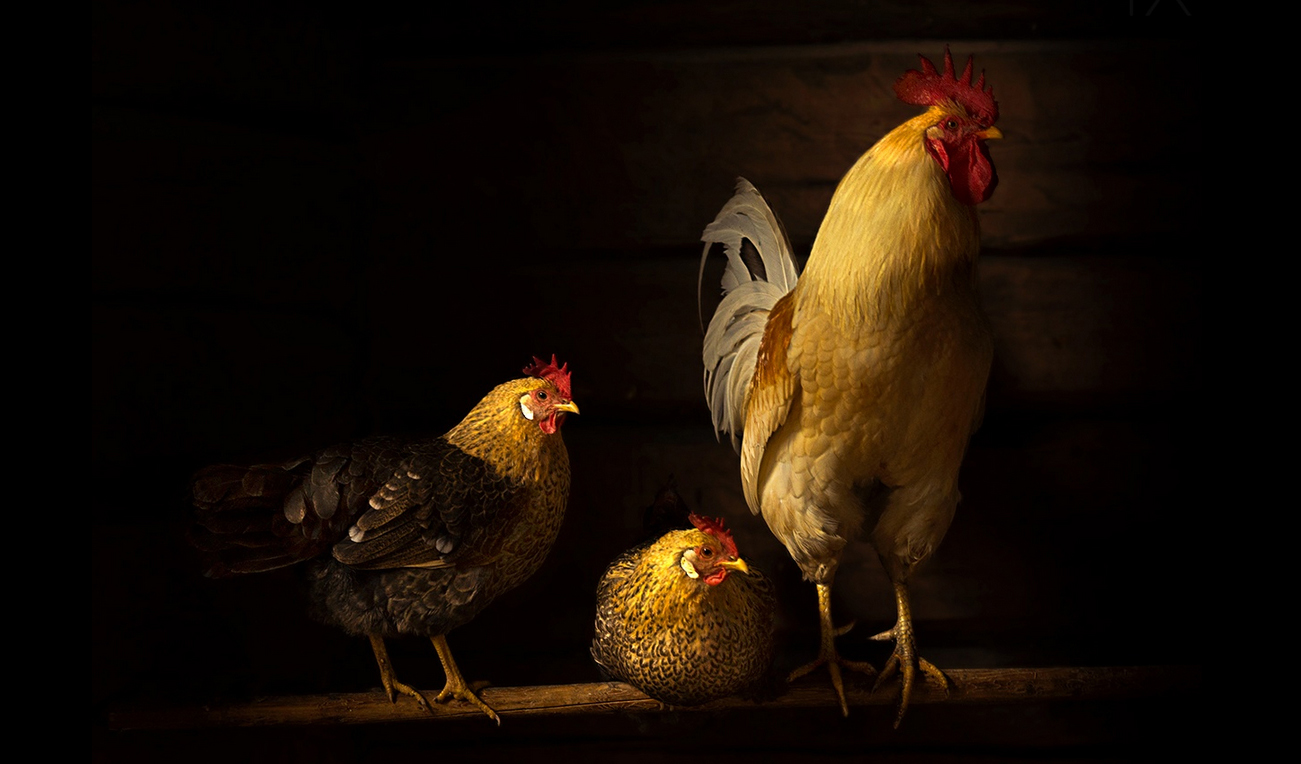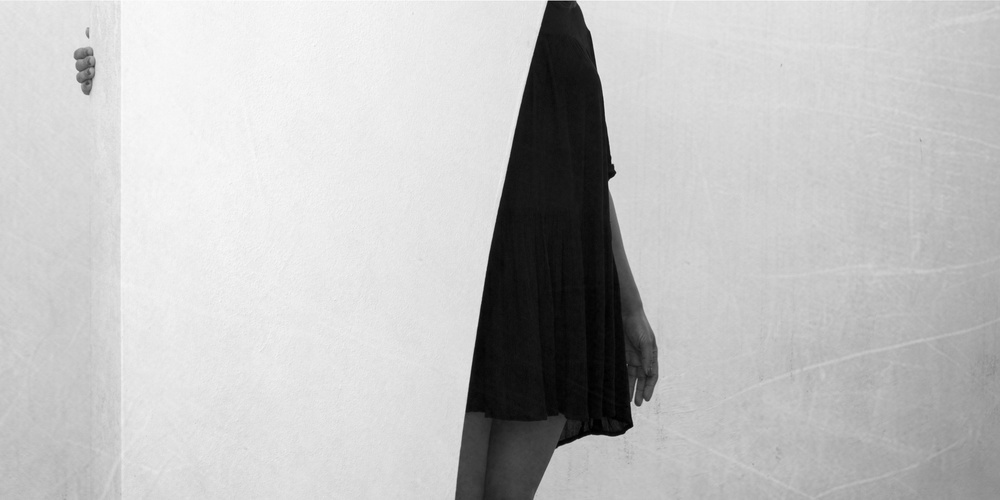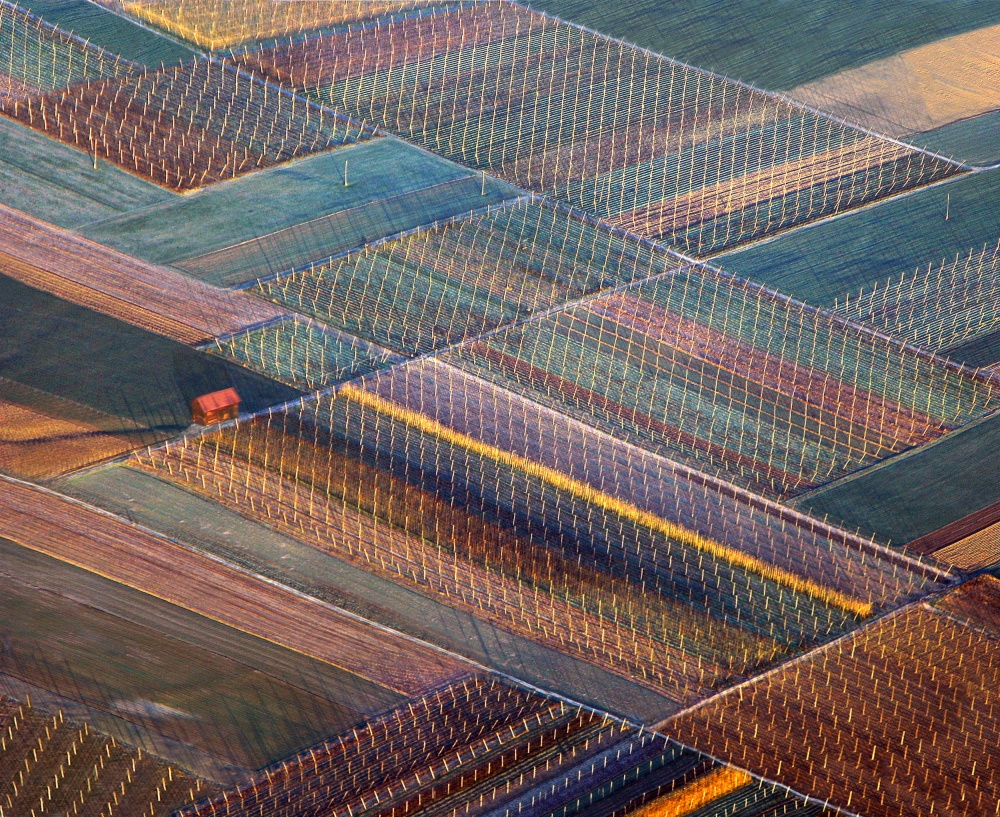Tips & Tricks
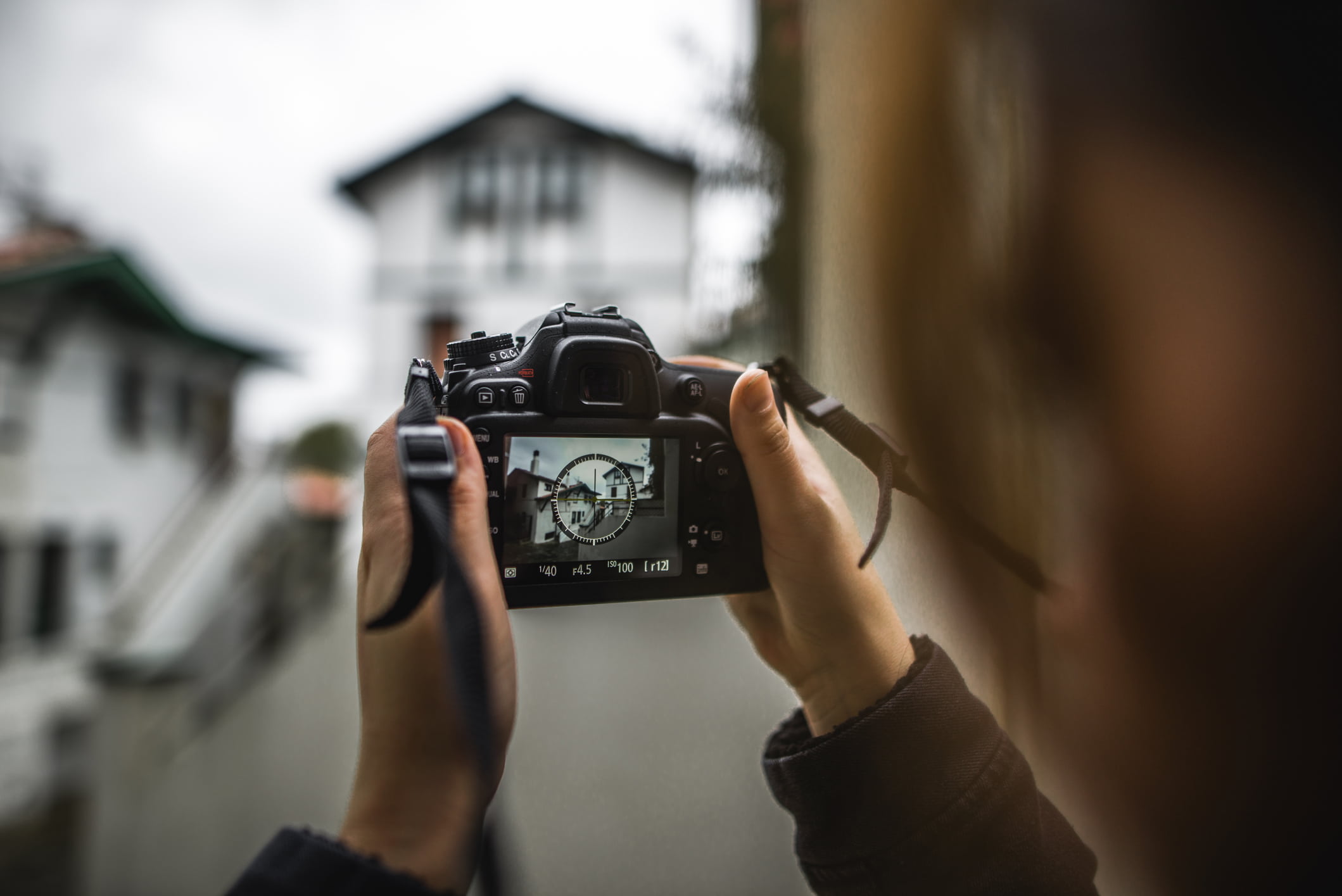
Camera Autofocus Modes Explained
Photography Talk
Pick up any digital camera today and you'll find that it has a ton of autofocus modes.
The problem is that - for beginner photographers especially - these autofocus modes can be complicated and confusing.
Nevertheless, they're there to help you take better photos by capturing images that are sharply in focus.
And having sharply focused images is a key component of having a successful image as well.
With that said, let's dive into the nitty-gritty of camera autofocus modes.
The Basic Components of a Camera's Autofocus System
There are some essential features you'll need to be familiar with to understand your camera's autofocus system.
Now, each camera manufacturer offers slightly different features, so bear that in mind as you read along.
Active and Passive Autofocus
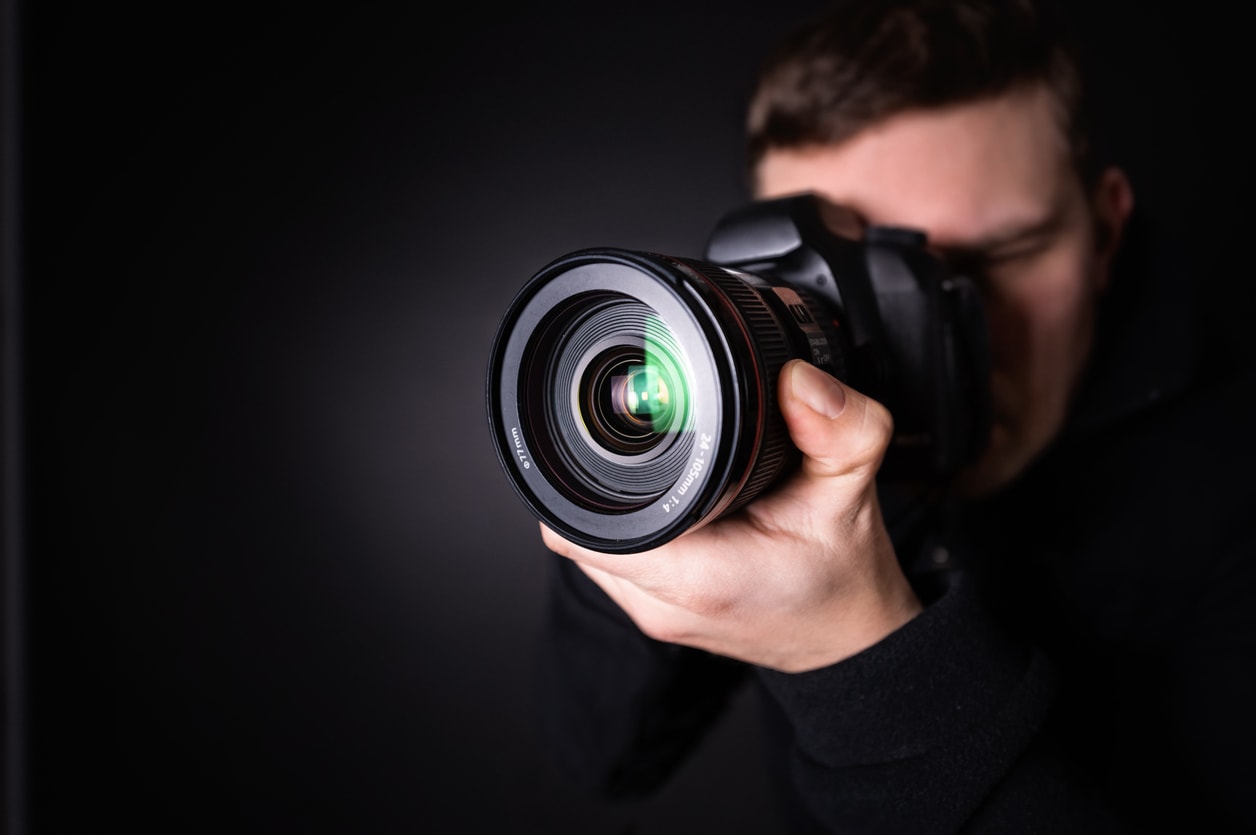
Autofocus systems can be classified as either active or passive.
Active systems acquire focus by bouncing a red beam of light off the subject. When that beam of light bounces back to the camera, it can determine the distance to the subject.
With that information, an active autofocus system can tell the lens how to adjust its focus.
This type of system is great for low-light situations, but not so great for subjects that are moving, as by the time the beam of light gets back to the camera, the subject won't be in the same position.
Passive autofocus systems either use sensors in the camera to detect the level of contrast of light as it passes through the lens (called phase detection) or they use the camera's sensor to determine contrast (called contrast detection).
Either way, the system is looking for contrast to help it determine the sharpness of a particular area in the image. If it detects blurriness, the autofocus system will direct the lens to focus until the area is sharp.
That makes these systems very accurate - so long as there is enough light to provide the contrast they need to detect blurriness.
You can learn more about the differences between phase detection and contrast detection in the video above by Peter Gregg.
Autofocus Points
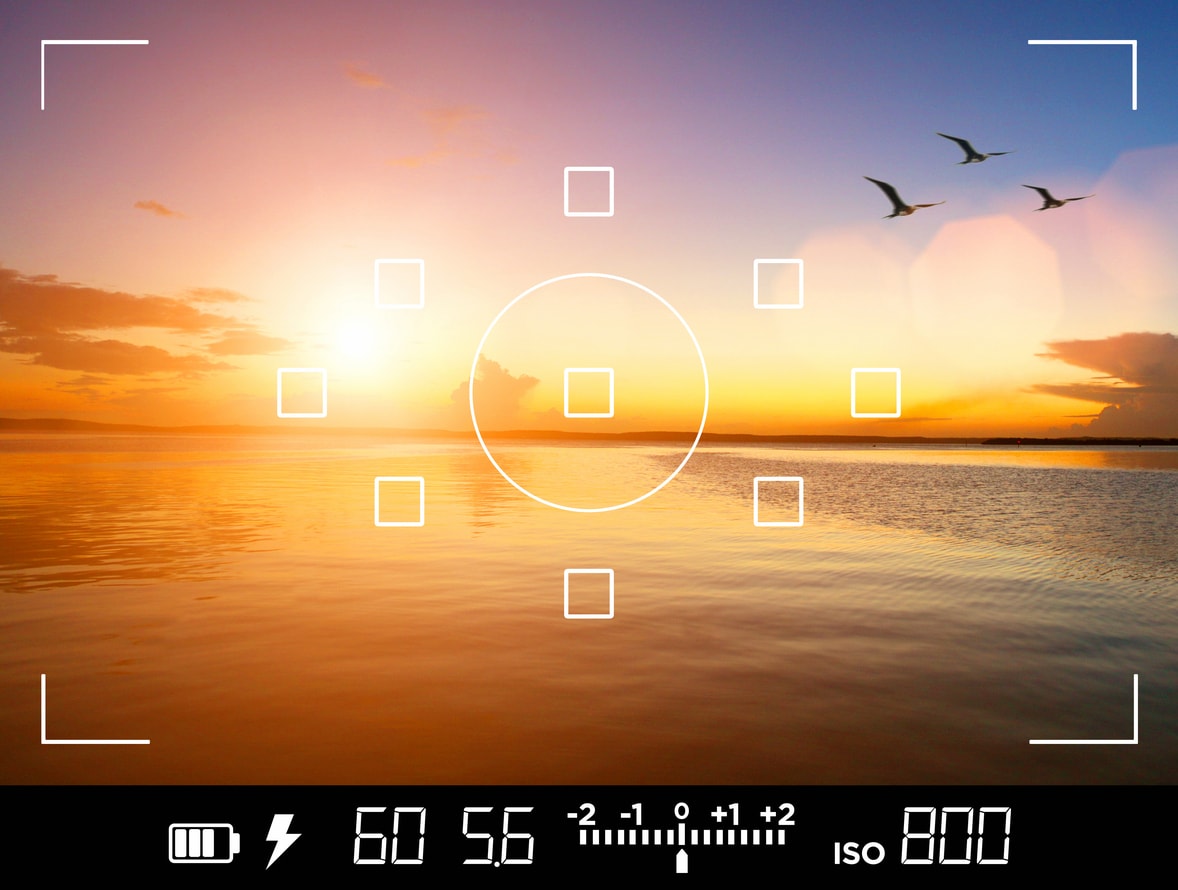
If you look in your camera's viewfinder, you'll see autofocus points - like the array of squares in the image above.
Different cameras have different quantities of autofocus points, with entry-level rigs typically having a smaller number (i.e., 11) and high-end cameras having many more (i.e., more than 100).
Naturally, the more autofocus points there are, the better equipped the camera is to determine accurate focus.
Either way, the focus points are part of the camera's phase detection autofocus system, meaning, each of the autofocus points can be used to determine contrast in the scene and acquire focus.
There are also different types of autofocus points...
These points fall into two categories - vertical and cross-type.
As you might guess, vertical autofocus points work on a vertical plane to detect contrast.
Cross-type sensors, on the other hand, have two-dimensional detection and can see contrast on the vertical and horizontal planes. That makes cross-type sensors more accurate, so if you're looking for a new camera, do some investigating to see if it has cross-type autofocus points, and if so, how many.
The more cross-type sensors, the better. This is particularly true if you want to pursue photography of moving subjects, like sporting events or wildlife photography, because cross-type sensors are more adept at tracking moving subjects.
Get more detailed information about autofocus points in the video above by Rob Nunn.
Learn More:
Factors That Influence the Performance of Autofocus Systems
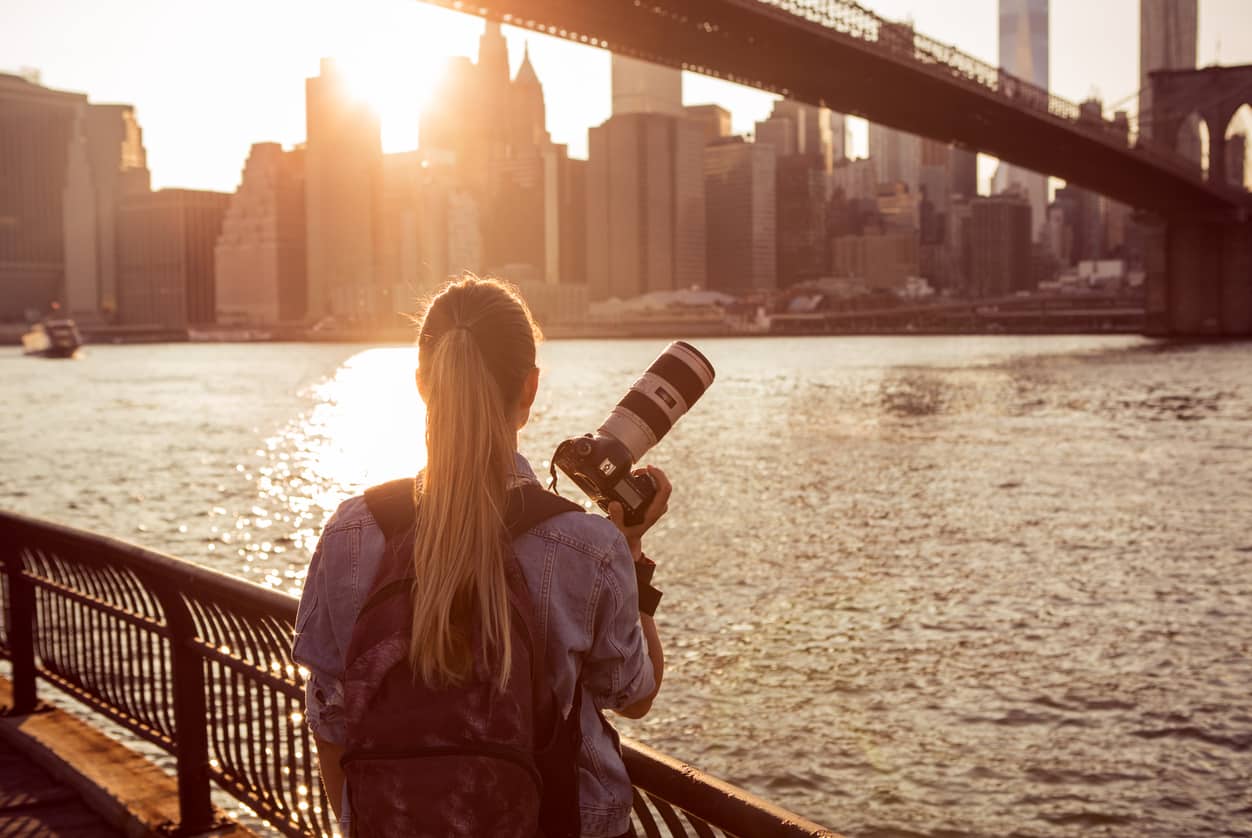
In addition to the number and type of autofocus points, the amount of light in the scene will determine how well an autofocus system performs.
That is, the more light, the better you will find that your camera can acquire focus if it has a passive autofocus system. That's because bright light results in more contrast, and the more contrast there is, the better the system will perform.
The type and quality of the lens you use will also impact autofocus performance.
For example, higher-end lenses that have larger maximum apertures allow more light to enter the lens, and as I just noted, the more light, the better.
Autofocus systems seem to like the amount of like when shooting at f/2-f/2.8, so bear that in mind when shopping for a new lens.
Autofocus Modes
Again, different camera manufacturers offer different types of autofocus modes. Some offer very similar modes, but call them by different names.
To avoid confusion, I'll cover three of the most common modes with their most common names.
Single Shot Autofocus

Single shot autofocus, as you might have guessed, is ideal for taking one photo of a stationary subject.
By half-pressing the shutter button, the camera acquires focus. By keeping your finger half-pressed on the shutter, you lock the focus and can recompose the shot if so desired.
So, for example, in the image above, you could simply press the shutter all the way since the subjects are in the middle of the frame.
But if you were taking a portrait in which you want the model positioned to the left or right, you'd acquire focus and then shift the composition to place them to the left or right of center.
This is probably the most commonly used autofocus mode.
Continuous Autofocus
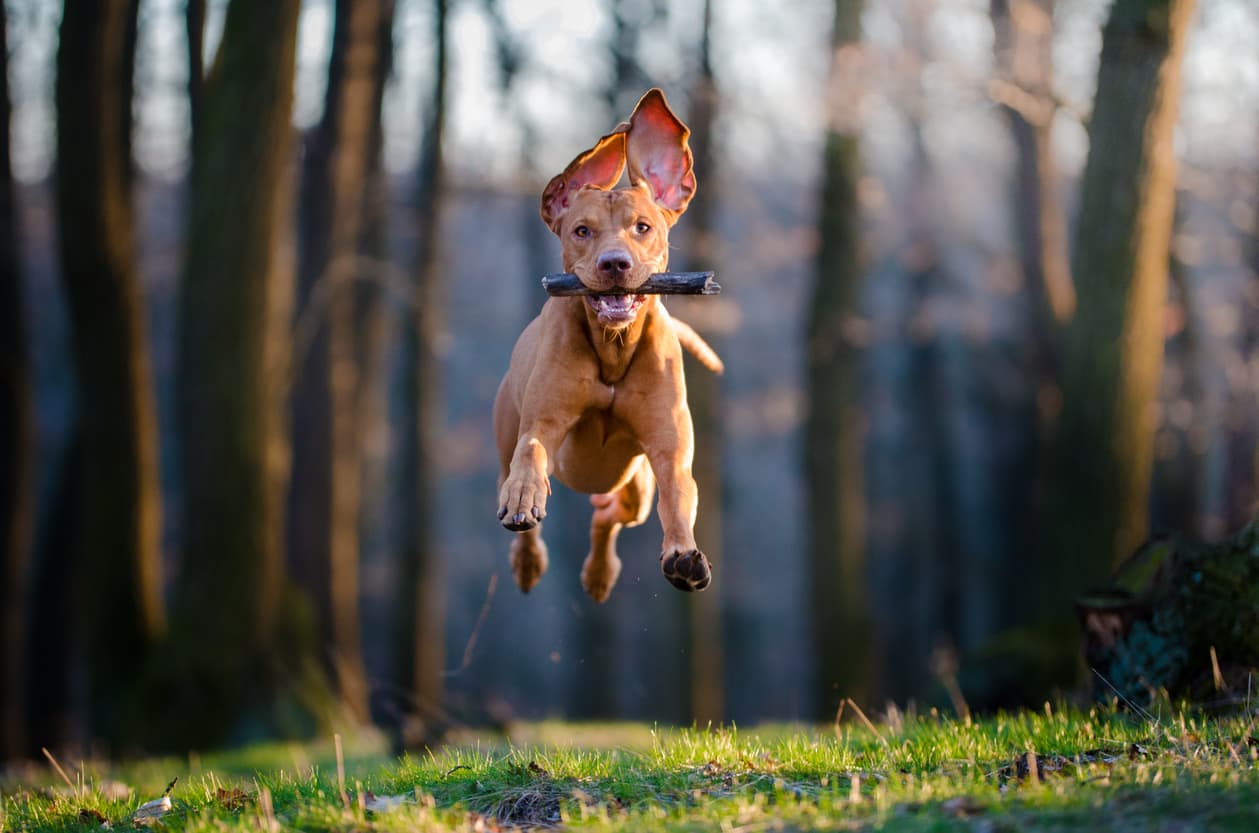
Continuous autofocus mode constantly tracks the subject.
That means that it's ideal for situations in which the subject is moving because it will maintain its focus on the initial focus point, no matter where that focus point moves.
This mode works by predicting where the subject will be based upon where it has been. It then places the focus point at the predicted location, allowing the camera to maintain its focus as the subject moves around. Of course, that's assuming that you keep the shutter button pressed halfway (unless your camera has an AF button or you've enabled back-button focusing...more on that later).
Where single shot autofocus is pretty much what it is, continuous autofocus is much more sophisticated and can be adjusted by the user to more accurately track subjects.
Hybrid Autofocus
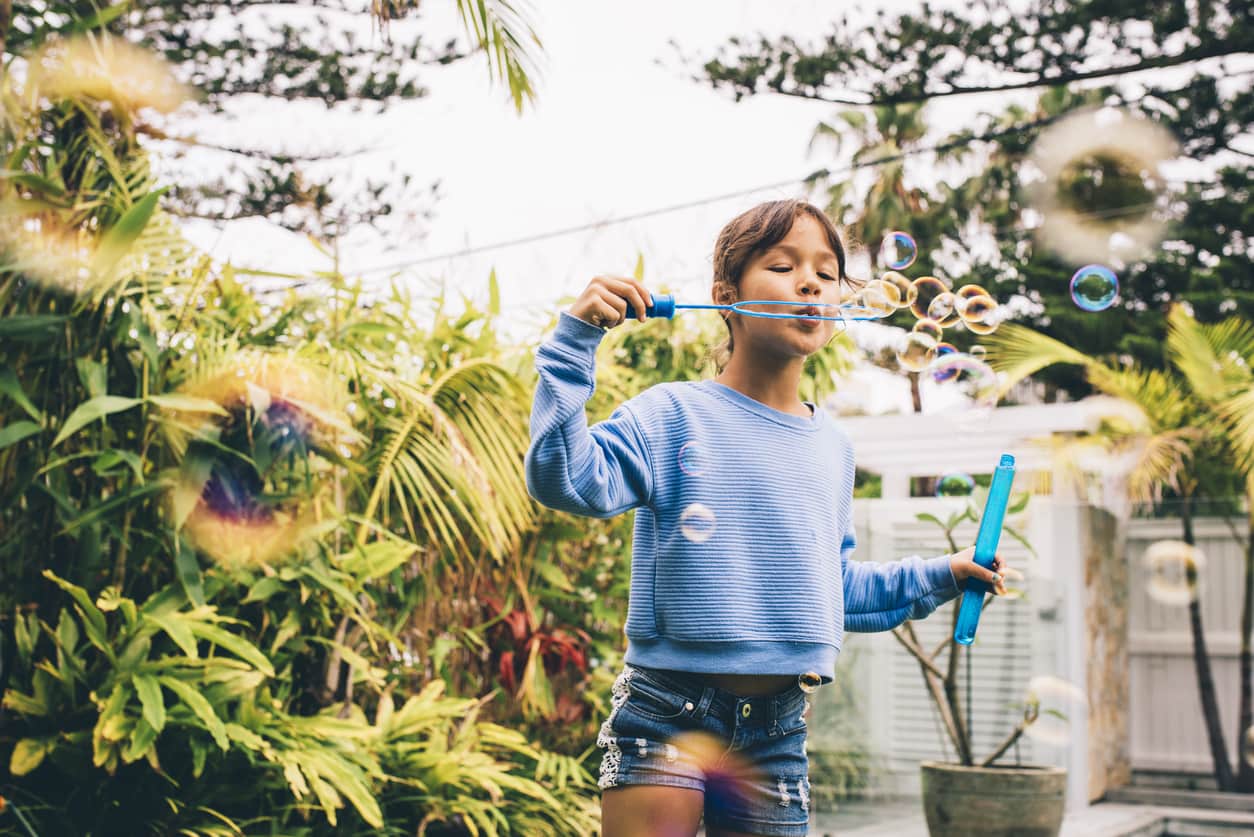
Some camera systems also come equipped with a hybrid autofocus that gives you the best of one-shot and continuous autofocus modes.
In hybrid mode, the camera will automatically switch from one to the other by detecting whether or not the subject is moving or stationary.
This is a great feature for beginner photographers because it takes some of the guesswork out of using the camera's autofocus.
Learn More:
How to Improve Autofocus Performance

Just because it's automatically focusing doesn't mean that your camera's autofocus system can't benefit from a little help from you...
One of the best ways to improve its performance is to use the center focus point.
That's because the one in the middle is usually a cross-type sensor, which as I noted earlier, is the most capable type of autofocus point.
If you don't want your subject framed in the middle of the shot, simply use the focus and recompose technique I mentioned above, in which you acquire focus on the subject, depress the shutter button halfway, and then shift the framing to your liking while continuing to hold the shutter button down halfway.
Back-button focusing in this situation is certainly a big help. Check the Learn More links below for more details on that.

Since light is key to your autofocus system's performance, another easy way to help it perform better is to add light.
If you're photographing inside, turn on all the lights or use a flash. If you're outside, use a reflector to bounce light onto the subject or supplement natural lighting with artificial lights.
You can also help things by changing your shooting position such that you can acquire focus on contrasty objects.
For example, if from your current position your subject blends into the background - thereby minimizing contrast for your camera's autofocus system to detect - try moving around to different vantage points to increase the contrast in the scene.
In the image above, moving positions to place the girl in front of the darker background helps improve contrast.
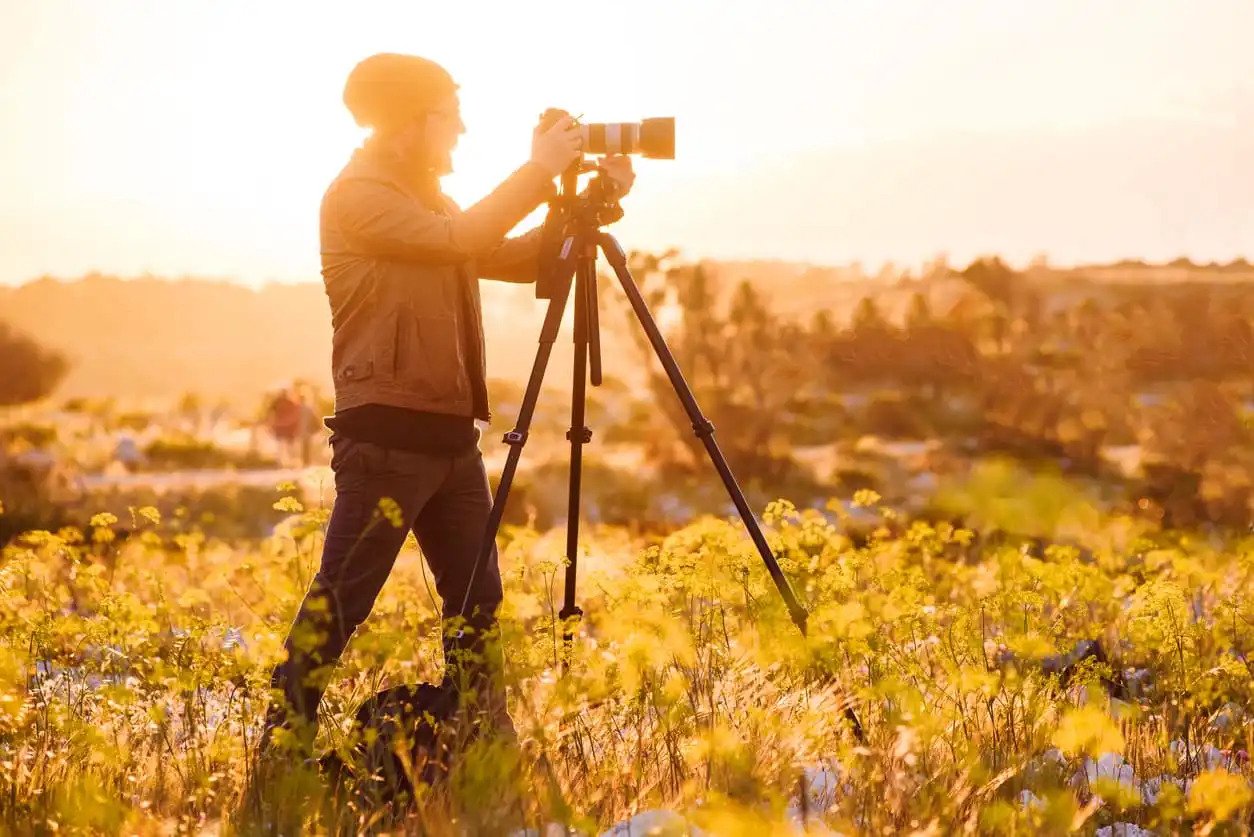
Another simple helper is a tripod.
The steadier your camera is, the easier it will be for its autofocus system to do its job.
It's also prudent to watch the shutter speed that you use.
Granted, shutter speed doesn't impact autofocus, but if your shutter speed is too slow, it can cause motion blur or camera shake, resulting in images that look as though they aren't in focus.
Learn More:
Final Thoughts
Though it might seem like a lot to digest about autofocus systems, there's actually a lot more information out there to learn, particularly as it pertains to the specific autofocus system on your camera.
It's a good idea to use this article as a jumping point for further studies on this topic.
Starting with your camera's owner's manual is a good idea, as are the Learn More links and videos I've included throughout this article.
It might seem like a daunting task to master your camera's autofocus system, but trust me - the more you know, the better your photos will be.
Get a few more autofocusing tips in the video above by Jared Polin.





